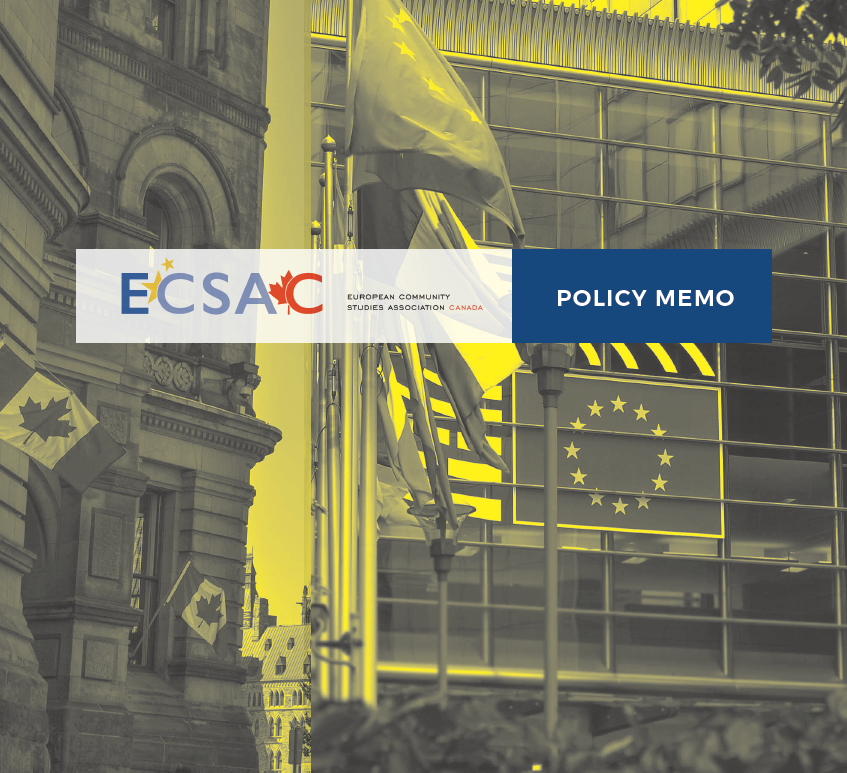Social Policy Coordination in Multilevel Systems: The Canadian and European Comparison
By Amy Verdun
This chapter was written with input from Donna Wood and Arthur Benz. Parts of this chapter draw on work done by experts from the Canada-Europe Transatlantic Dialogue (CETD) Thematic Research Group (TRG) on Policy Coordination in Multilevel Systems, in particular on research assembled in a special issue of Canadian Public Administration June 2013, Volume 56 (2) of which Verdun and Wood were the guest editors. The experts were identified primarily as a result of their participation in a CETD workshop held at the University of Victoria in 2011 entitled Comparing Modes of Governance in Canada and the European Union.
Introduction
When examining the way Canada and the European Union (EU) coordinate policy among their constituent units and chart overall strategic directions—what in Canada is called intergovernmental relations—the most notable difference is that one of them is a country (Canada) whereas the other one, the EU, is an association of nation states. In the EU, in many arenas, policymaking remains primarily a prerogative of the EU member states, even if, in some areas, EU member states have pooled sovereignty. At first glance, this might seem to be a major difference with the situation in Canada. Yet because Canada is a federal state, in which many policies are the responsibility of ‘semi-sovereign’ provinces, there are considerable similarities, and thus there is value in comparison (see also Skogstad 2012; Théret, 2002; Vanhercke and Read 2015; Wood and Verdun 2011a).
It is particularly pertinent to how the two political systems deal with what some researchers call the ‘collective action problem’ (Kennett 1998), situations where coordinated action would benefit everyone, but particular participants are unwilling to impose restrictions on their own action. Without an ability to overcome the resistance of concentrated interests, there is a strong incentive for inaction. A contemporary example of a ‘collective action problem’ on the European side is the refugee crisis, which is calling into question the very foundation of the project of European integration. On the Canadian side the inability to resolve Aboriginal health, education, and employment issues present similar dilemmas. When all governments have a role and a stake in the outcome of a particular issue, how do they overcome their differences and move forward to resolve or at least mitigate the problem?
These are issues of governance, referring not so much to the content of policies and policy reform, but rather to the mechanisms of policy making and policy implementation: who has authority, who provides funds, the institutions and actors involved, how their interactions are facilitated, and the processes and rules used to influence behaviour.
30 multilevel systems, such as Canada and the EU, policy-making differs from that of unitary systems in that the question of who should take action is superimposed on the question of what should be done. In both the EU and Canada, an important priority has been to secure unity while respecting the diversity of constituent units; to realize this objective, over time various modes of governance have evolved (Bakvis, Baier and Brown, 2009; Tömmel and Verdun, 2009). Responses reflect the unique constitutional, historical, institutional, political, and social contexts of the EU and Canada, and vary by policy domain.
Canada-Europe-Transatlantic-Dialogue-Capstone-Report-March-2017








